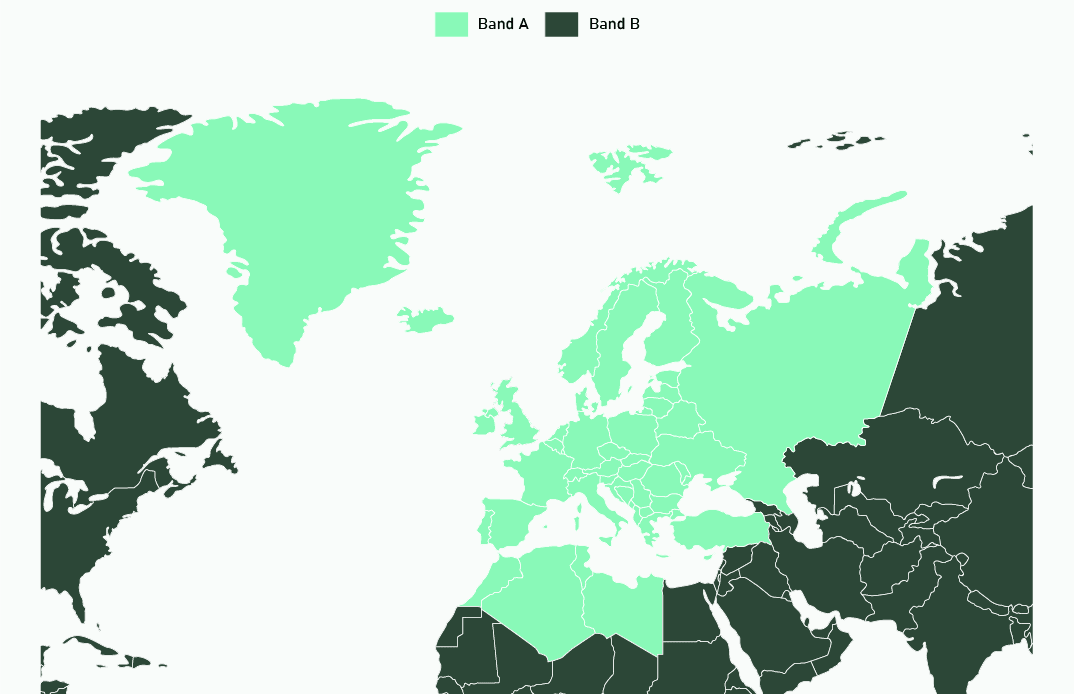Whether you use points or cash to book flights, there are always additional taxes and fees that you have you be aware of. Sometimes these additional costs can be nominal, and other times than can easily make up a large portion of the ticket price.
One example of the latter is the United Kingdom’s Air Passenger Duty, or APD. The UK APD is a fee imposed on most passengers departing from the United Kingdom by air.
Let’s take a closer look at how and when the APD is applied, the difference in APD depending on flight length and cabin class, and what measures you can take to avoid or reduce these hefty additional costs.
What Is the UK Air Passenger Duty?
Initially brought forth in 1994, the United Kingdom’s APD is a fee levied against plane operators for flights that depart from a UK airport. While there are some exceptions, the fee is charged per passenger.
When it began in 1994, the APD was set at £5 ($6.77 CAD) for intra-European flights, and £10 ($13.54 CAD) for long-haul flights. Since then, it has increased drastically, and has also become more complicated to understand.
Ultimately, the APD is passed on to the consumer, meaning that flights with APD fees are going to be more expensive than those without.
The amount you’ll have to pay is determined by two factors: the flight’s distance and the class of service you’re flying in. There’s a higher fee for longer flights than shorter flights, and the amount will also differ if you’re in economy, premium economy, business class, or First Class.
The flight distance is calculated by measuring the miles between London and the destination country’s capital city. The APD fee is currently divided between Band A (0–2,000 miles) and Band B (over 2,000 miles).
You’ll either pay the reduced rate for economy class flights, or the standard rate for travel in any other class of service.
If you have multiple flights with a layover of less than 24 hours for international flights and you’ll be in different cabin classes –say, economy class from London Heathrow to New York, and then business class from New York to Toronto – you’ll be charged the standard rate for the whole trip.
Currently, the UK APD rates are as follows:
If you’re flying on a direct flight, it’s rather easy to calculate your distance in order to determine if you are in Band A or Band B. You simply look up the flight distance in miles between London…
Click Here to Read the Full Original Article at Prince of Travel…
